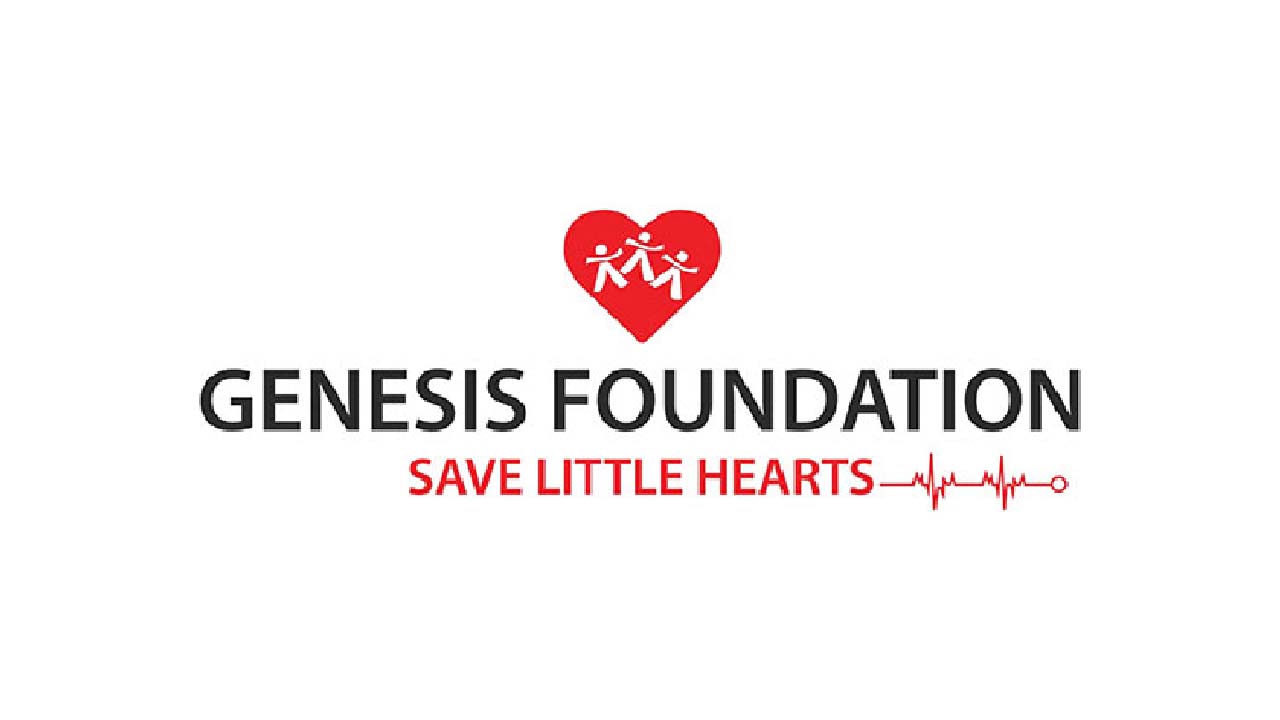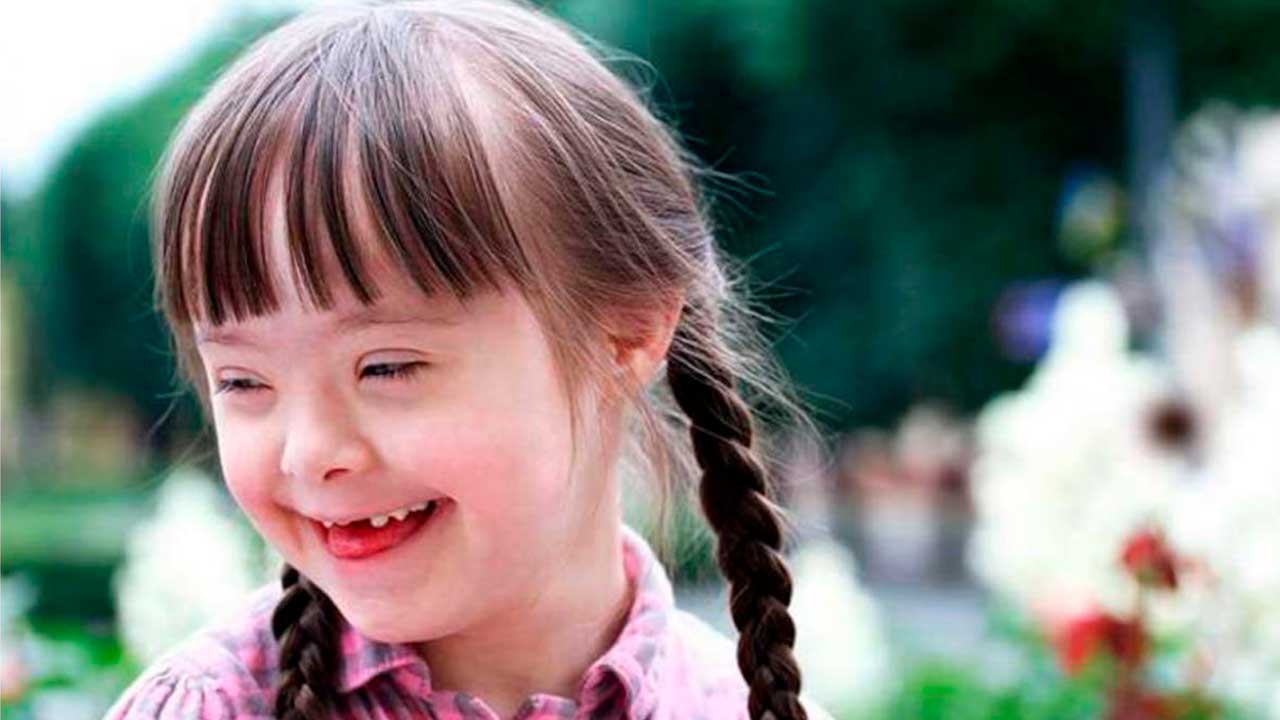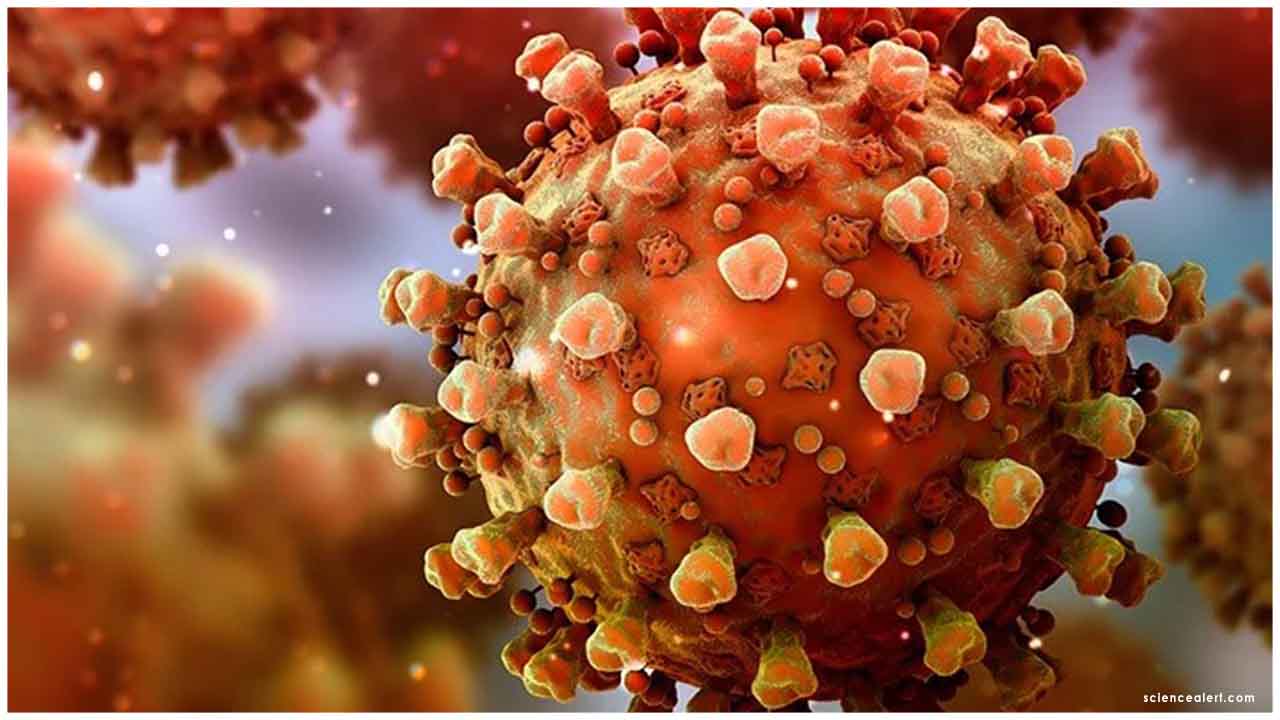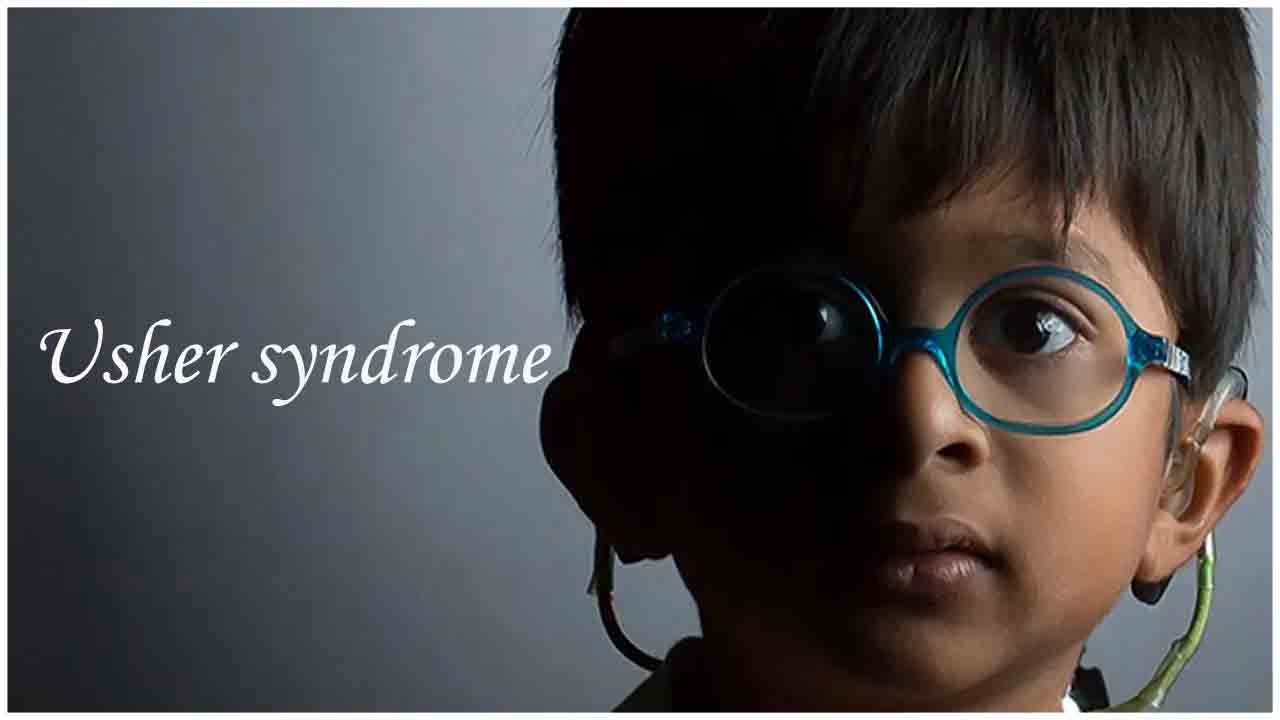Every year on March 12, World Glaucoma Day is observed to raise awareness about a silent yet irreversible cause of blindness glaucoma. This global initiative is part of World Glaucoma Week, an effort to educate people about the risks of this disease and the importance of early diagnosis and treatment.
Despite medical advancements, glaucoma remains one of the leading causes of blindness worldwide. In India, the situation is particularly alarming, with millions suffering from this condition without even realizing it. The lack of awareness, delayed diagnosis, and limited access to eye care services continue to fuel the glaucoma crisis in the country.
Lets explore the nature of glaucoma, its impact on vision, the importance of World Glaucoma Day, and India’s battle against this sight-threatening disease.
What is Glaucoma?
Glaucoma is a group of progressive eye diseases that damage the optic nerve, which is responsible for transmitting visual information from the eye to the brain. The most common cause of this damage is increased intraocular pressure (IOP), but glaucoma can also develop without elevated eye pressure.
What makes glaucoma so dangerous is that it often shows no symptoms until significant vision loss has already occurred. This is why it is often called the “silent thief of sight.”
Glaucoma primarily falls into two major categories:
1. Primary Open-Angle Glaucoma (POAG)
Develops slowly over time as the eye’s drainage canals gradually become clogged, leading to increased eye pressure.
Causes no pain or noticeable symptoms in the early stages, making it difficult to detect.
By the time vision problems become apparent, permanent damage may have already occurred.
2. Primary Angle-Closure Glaucoma (PACG)
More aggressive and sudden compared to POAG.
Occurs when the iris (the coloured part of the eye) blocks the drainage angle, causing a rapid increase in eye pressure.
Symptoms include severe eye pain, headaches, nausea, blurred vision, and halos around lights.
If left untreated, it can lead to blindness within days or weeks.
Apart from these primary types, there are secondary glaucomas, which develop due to injuries, infections, diabetes, steroid use, or other eye conditions.
Why is World Glaucoma Day Observed?
World Glaucoma Day, observed annually on March 12, serves as a global platform to:
• Educate people about glaucoma’s risks, symptoms, and prevention.
• Encourage early detection through regular eye check-ups.
• Highlight the importance of research in glaucoma treatment and management.
• Advocate for better eye care policies and increased healthcare access.
Despite being a leading cause of blindness, glaucoma is largely preventable if detected early. The observance of World Glaucoma Day helps create a sense of urgency and responsibility among individuals, medical professionals, and policymakers.
Glaucoma is a major public health concern in India. According to studies:
• Over 12 million people in India suffer from glaucoma.
• 90% of cases remain undiagnosed due to a lack of awareness.
• Glaucoma accounts for nearly 13% of the country’s blindness burden.
• Rural areas have extremely low awareness about the disease, with many cases diagnosed too late for treatment to be effective.
Unlike conditions such as cataracts, which can be corrected through surgery, glaucoma-related vision loss is irreversible. Once vision is lost, it cannot be restored.
Despite medical advancements, India faces several hurdles in combating glaucoma:
1. Low Awareness
Many people do not understand what glaucoma is or how it affects vision.
Unlike conditions that cause immediate discomfort or noticeable vision changes, glaucoma progresses silently, making people ignore regular eye check-ups.
2. Late Diagnosis
In most cases, glaucoma is diagnosed only when significant vision loss has already occurred.
Since peripheral vision is affected first, people may not realize they have the disease until their central vision starts deteriorating.
3. Lack of Routine Eye Check-ups
Many individuals, especially in rural areas, do not visit an ophthalmologist regularly.
High costs of consultations and lack of access to specialists further discourage timely check-ups.
4. Limited Access to Specialized Care
Rural India lacks trained glaucoma specialists and advanced diagnostic facilities.
Many patients have to travel long distances to seek treatment.
5. Economic Constraints
Glaucoma medications and surgeries are expensive, making treatment inaccessible for low-income groups.
Many patients discontinue treatment due to the financial burden.
Since glaucoma cannot be cured, early diagnosis is crucial to slowing its progression. The best defence against glaucoma-related blindness is regular eye screenings, especially for high-risk individuals, including:
• People above 40 years of age.
• Those with a family history of glaucoma.
• Individuals with diabetes or hypertension.
• People who use corticosteroids regularly.
• Individuals who have had eye injuries or surgeries.
Glaucoma Screening Tests:
1. Tonometry: Measures intraocular pressure.
2. Ophthalmoscopy: Examines the optic nerve for damage.
3. Perimetry (Visual Field Test): Detects loss of peripheral vision.
4. Gonioscopy: Evaluates the drainage angle of the eye.
While glaucoma has no cure, treatment can slow or stop further damage. Common treatment options include:
Prescription Eye Drops: Reduce intraocular pressure.
Oral Medications: Help control eye pressure when drops are not enough.
Laser Therapy (Trabeculoplasty): Improves fluid drainage in open-angle glaucoma.
Surgical Procedures (Trabeculectomy): Creates a new drainage pathway for fluid.
Adherence to doctor-prescribed treatment plans is crucial. Missing medications or delaying treatment can lead to permanent blindness.
Addressing India’s glaucoma crisis requires a multi-pronged approach, involving healthcare providers, government bodies, and communities.
1. Increasing Public Awareness
• Launching nationwide glaucoma awareness campaigns using TV, radio, and social media.
• Educating students and professionals about the importance of eye health.
• Encouraging family screening for those with a history of glaucoma.
2. Strengthening Primary Eye Care Services
• Training general practitioners and rural healthcare workers to identify early signs of glaucoma.
• Setting up mobile eye screening units for remote areas.
3. Making Treatment Affordable
• Introducing government-subsidized glaucoma medications.
• Expanding insurance coverage for eye-related treatments.
• Providing free eye screenings for high-risk groups.
4. Encouraging Research and Innovation
• Supporting studies on genetic and environmental risk factors for glaucoma in India.
• Investing in cost-effective diagnostic tools to improve early detection.
Glaucoma is a silent epidemic that threatens millions of lives in India. However, with increased awareness, regular screenings, and accessible treatment, we can prevent thousands from losing their vision.
World Glaucoma Day serves as a wake-up call for individuals, healthcare professionals, and policymakers to take urgent action. Vision loss from glaucoma is permanent, but blindness is preventable and the key lies in early detection and timely intervention.
By building a culture of proactive eye care, we can ensure a brighter future for generations to come.
Take a Step Today: Get Your Eyes Checked & Save Your Sight!

 World Glaucoma Day serves as a wake-up call for individuals, healthcare professionals, and policymakers to take urgent action.
World Glaucoma Day serves as a wake-up call for individuals, healthcare professionals, and policymakers to take urgent action.





.png)














.jpeg)

.jpeg)
.jpeg)
.jpeg)

.jpeg)
.jpeg)
.jpeg)
_(1).jpeg)

_(1)_(1)_(1).jpeg)
.jpeg)
.jpeg)
.jpeg)






